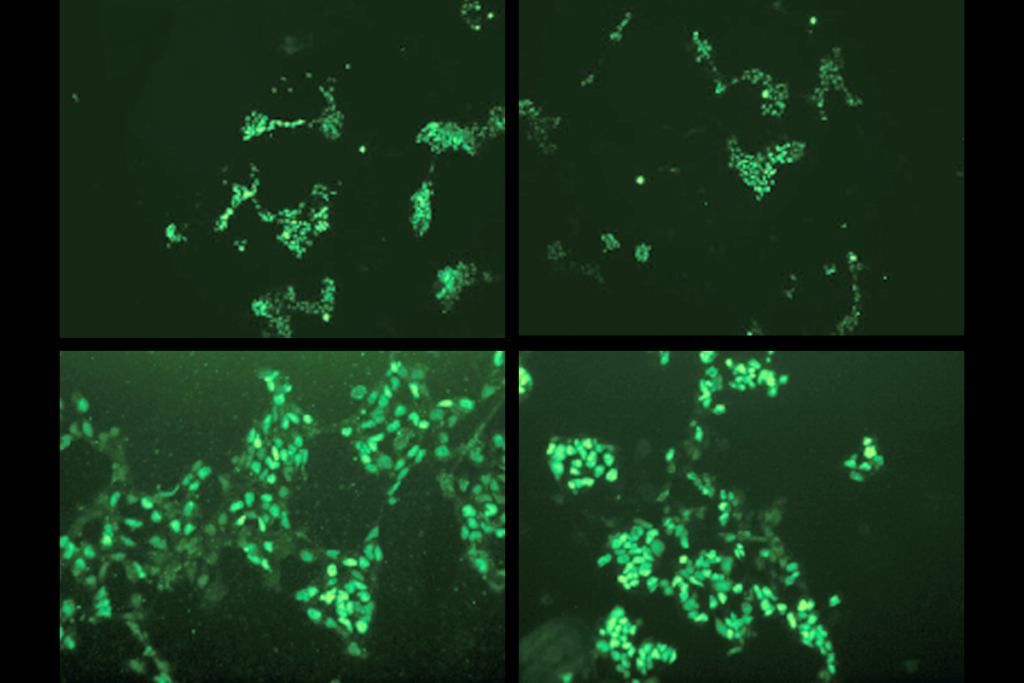Lessons from other fields
2014 has been a big year for autism research, with a long list of notable papers and advances. Still, there’s plenty for autism researchers to learn from the successes — and struggles — of their colleagues in other fields.
It’s been a big year for autism research, with a long list of notable papers that proved difficult to prune to the top 10. Still, there’s plenty for autism researchers to learn from the successes — and struggles — of their colleagues in other fields, including schizophrenia and amyotrophic lateral sclerosis (ALS).
Schizophrenia’s success story
In July, schizophrenia researchers uncovered 108 common genetic variants linked to the disorder — a feat made possible by a mammoth collaboration that sequenced the whole genomes of nearly 150,000 people.
Common variants are thought to account for 50 percent of the genetic risk for autism. But most genetic studies in autism have focused on rare, spontaneous mutations, which are easier to find in smaller numbers of people.
It will take years — five if they follow the path of their peers in schizophrenia — for autism researchers to amass the numbers of people needed to identify common variants, which are present in 5 percent of the general population.
“Schizophrenia has laid the groundwork,” Benjamin Neale, assistant professor of analytic and translational genetics at Massachusetts General Hospital, told us in July. “Autism is on that same trajectory, but it’s lagging behind in the number of cases and controls that have been analyzed.”
Multiple sclerosis’ mega-collaboration
There are now 12 approved treatments for relapse-remitting multiple sclerosis (MS) — a form of the disease marked by symptoms that wax and wane. But there are no treatments for people with the progressive form of the disease, in which symptoms worsen over time.
A new collaboration aims to change that. The International Progressive MS Alliance — made up of 11 organizations from 10 countries — is investing $30 million to develop animal models of progressive MS and identify biomarkers in people with the disease.
“We’re pooling our resources, both human and financial, to catalyze research into progressive MS,” says Bruce Bebo, executive vice president of research for the New York City-based National MS Society, one of the 11 organizations.
Many autism researchers already collaborate across borders. But this initiative in MS highlights how large-scale cooperation among funding agencies can spark important discoveries.
ALS’s next challenge
Odds are that you saw at least one person take the ‘ice bucket challenge’ in 2014. But you might not know that this campaign raised more than $115 million for the Amyotrophic Lateral Sclerosis Association.
“This has enabled a huge international effort to create new model systems that will help to develop therapies,” says Lucie Bruijn, chief scientist for the association.
Much of this effort will focus on a newly discovered gene called C9ORF72, mutations in which cause up to one-third of hereditary cases of ALS. These mutations — which consist of 30 or more repeats of 6 DNA building blocks — also contribute to a form of dementia associated with ALS.
Autism researchers are just beginning to look for mutations in noncoding regions of the genome. These could break open the field, like they did for ALS.
Cancer’s cautionary tale
Autism is a diverse disorder, making it difficult to develop drugs that target the myriad genes and pathways involved. To bypass this problem, some autism researchers are taking a cue from cancer and focusing on subgroups of people who share the same genetic mutation.
This approach has led to several promising drug candidates, but none of these compounds have passed muster in clinical trials. Earlier this year, the Swiss pharmaceutical giant Novartis halted testing of mavoglurant, a candidate drug for treating the autism-linked disorder fragile X syndrome. And in 2013, Seaside Therapeutics pulled the plug on clinical trials of another fragile X syndrome drug candidate, arbaclofen.
Some people who received arbaclofen showed significant improvements in daily functioning, says Randall Carpenter, former president of the now-defunct Seaside Therapeutics. “But because we take a population-based approach, if you don’t have statistical significance in the entire treated population, then the drug doesn’t get approved.”
Cancer researchers are making their way out of this quagmire by looking for genetic factors that distinguish so-called ‘responders’ from ‘non-responders.’ Autism researchers may be able to do the same, Carpenter says. “I would try to see if there’s something that we can pick out that either correlates with and predicts response, or that changes in response to treatment,” he says.
Recommended reading

Developmental delay patterns differ with diagnosis; and more

Split gene therapy delivers promise in mice modeling Dravet syndrome

Changes in autism scores across childhood differ between girls and boys
Explore more from The Transmitter

‘Natural Neuroscience: Toward a Systems Neuroscience of Natural Behaviors,’ an excerpt

